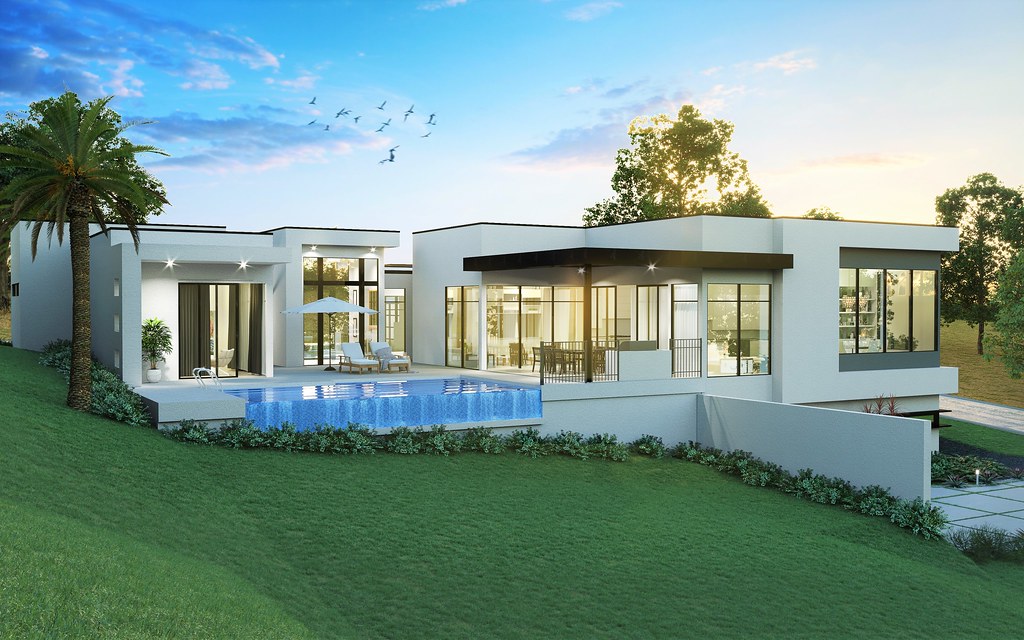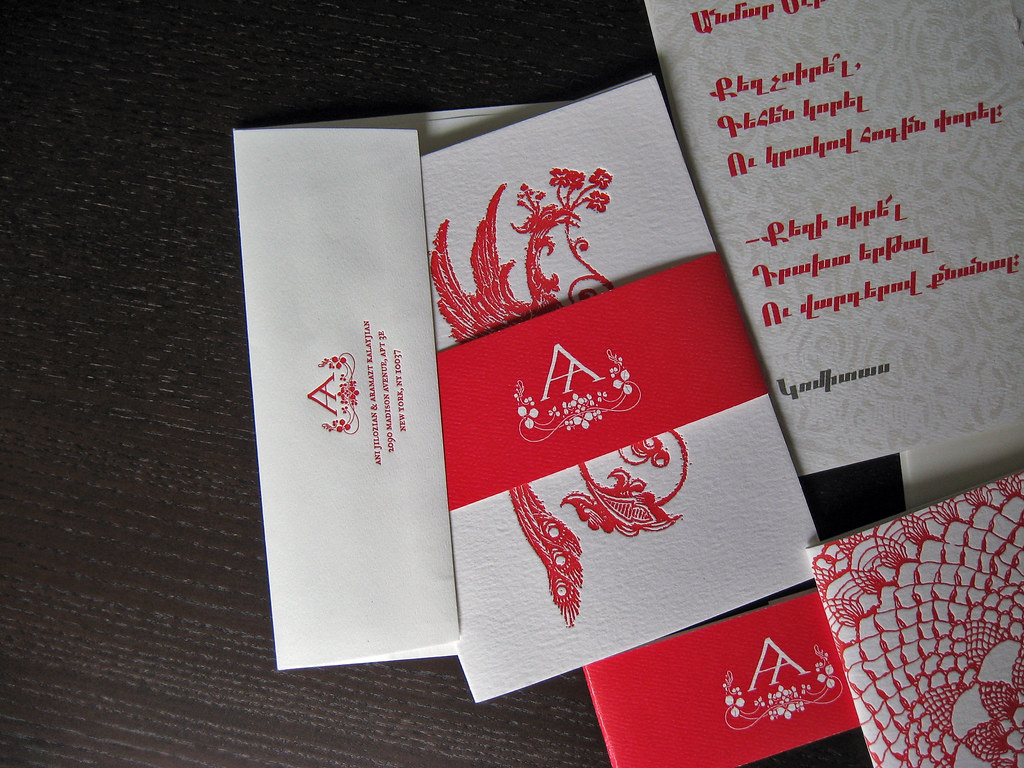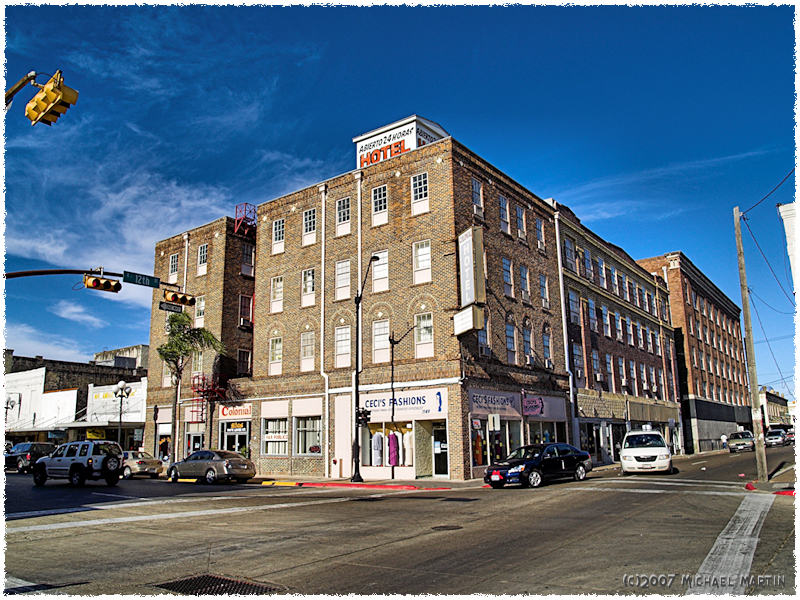
The Magic of Texture in Interiors
Category: Blogs, Design, Interion Design
Interior styling is more than just organizing furniture and selecting shades; it is about crafting a environment that reflects individuality, elevates efficiency, and evokes feeling. A thoughtfully arranged interior harmonizes design elements and practicality, ensuring that every element enhances a harmonious and pleasant atmosphere. Whether styling a cozy living space, a elegant corporate setting, or a opulent hotel, the fundamentals of decor are consistent: equilibrium, dimensions, color harmony, and layout design.
One of the most critical elements of home styling is recognizing the intended use of the environment. A sitting area should appear welcoming and relaxing, while a study area should promote attentiveness and performance. The design choices, from picking decor to light positioning, should align with the intended function. For example, sunlight is crucial in developing a welcoming and energetic ambiance, while muted lights can turn a private space appear serene and calm.
The psychology of colors is another crucial element of home decor. Hues have the capacity to influence moods and psychological states. Subtle, pastel tones create a soothing sensation, while vibrant hues can energize and boost creativity. The mix of different shades can also affect the sense of space; pale tones make a room feel more spacious, whereas deep colors add contrast and richness. By carefully selecting shade combinations, designers can elicit specific feelings and amplify the atmospheric effect of a room.
Furniture and design elements selection are equally important in shaping an indoor area. The well-chosen home essentials should not only match the size of the room but also provide ease and functionality. Convertible home pieces has gained popularity, especially in small apartments, where making the most of the area is essential. Organizational designs incorporated within functional decor, such as concealed storage in coffee tables or built-in shelving units, help maintain a tidy living space while maximizing usability.
Surface feel and fabric choices introduce richness and character to a room. A blend of different tactile elements, such as smooth upholstery, modern alloys, and earthy materials, establishes visual interest and a textural dynamic. vinamod.biz.id Decor experts often mix elements to achieve a balanced appearance, combining sleek designs with classic details for a distinctive style. The choice of construction elements also affects longevity and upkeep, which are crucial aspects for sustained function.
The room configuration of a room greatly influences how occupants move and engage within the environment. An thoughtfully designed room arrangement ensures a seamless circulation and maximizes room potential. Open layouts have become increasingly popular in modern homes, enhancing social engagement and a spacious atmosphere. However, interior experts also utilize zoning techniques, such as accent carpets or strategic furnishing, to separate different designated spaces within a spacious room.
Ornamental pieces and personal touches bring life to an living area. Wall decor, decorative accents, and plants can introduce character and a welcoming feel. Adding cherished belongings, such as framed memories or travel souvenirs, makes a room feel uniquely one’s own. However, maintaining the ideal proportion is key; too many embellishments can lead to a cluttered look, while too few can make a room feel unfinished and detached.
In the end, spatial aesthetics is about creating a environment that elevates the quality of life. A expertly curated living area is not only visually appealing but also functional and comfortable. It reflects unique style while meeting daily requirements, transforming any home seem like one’s own retreat.
01 Mar 2025
19 Feb 2025
25 Apr 2021
19 Sep 2021
12 Aug 2024
13 Dec 2025
06 Dec 2025
26 Nov 2025






